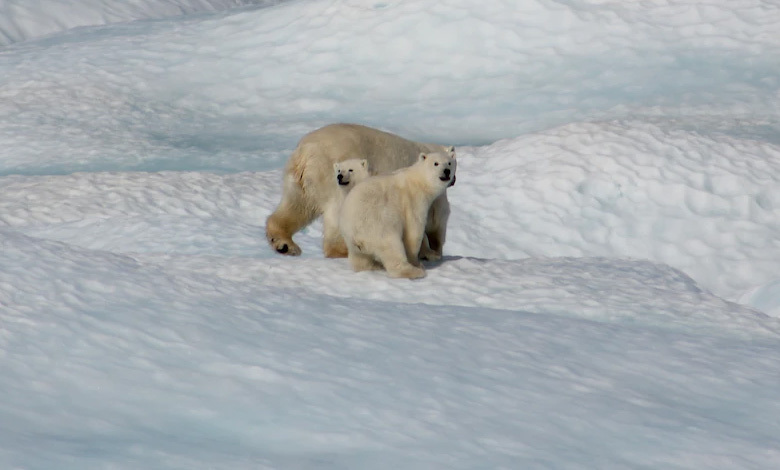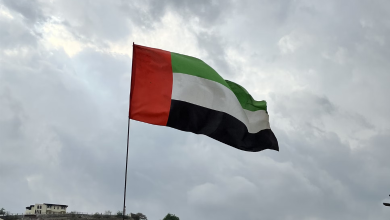Beyond the Bears: Evolving Climate Narratives for a Global Impact

The picture of a lone polar bear stranded on a receding ice cap has long served as the iconic symbol of climate change, evoking an emotional reaction and stressing the need for immediate environmental action. But as we make our way through the convoluted terrain of climate discourse, it becomes clear that the story needs to go beyond the polar bear to truly convey the scope and complexity of our environmental problems.
Despite its undeniable power, the polar bear story has inherent limitations. It ignores the wider range of climate impacts on various ecosystems, wildlife, and communities around the world as it obsesses over a single area—the Arctic—and a single species. The story must be expanded to encompass a wide range of perspectives, personalities, and environments that are most affected by our changing climate.
Every ecosystem on our planet is interconnected and vulnerable in a different way. Climate change poses a global threat that extends beyond the Arctic’s frigid borders, affecting everything from the richly diverse coral reefs to the deep rainforests that are home to innumerable species. By expanding our visual lexicon, we can convey the crisis’ universality and promote empathy and a sense of shared accountability.
Moreover, the exclusive focus on polar bears neglects the human dimension of climate change. Although the suffering of wildlife is important, people are most affected by the personal accounts of communities facing the challenges of resource depletion, extreme weather, and rising sea levels. We must change the narrative to reflect a more inclusive representation that speaks to the core of the international community because of our shared humanity and interconnectedness.
The ability of storytelling to both inform and motivate action is what gives it its power. Although polar bears have been successful in raising awareness, overexposure and desensitization are possible risks. We must constantly engage our hearts and minds due to the urgency of the climate crisis, which calls for a wider variety of visual media. A more complex and dynamic story can be told with a range of images, from initiatives for renewable energy to retreating glaciers.
Read More: Amazon’s Rio Negro Crisis: Drought Threatens Ecosystem
The need for new perspectives is more important than ever in the era of social media, where people’s attention spans are short. Once a rallying cry, the iconic image of a polar bear is in danger of becoming overused. We need to embrace the rich tapestry of images that tell the complex story of climate change if we want to keep the conversation relevant and lively.
Crucially, our climate story ought to inspire rather than intimidate. While frightening images have the power to mobilize us, they must be counterbalanced with inspiring tales of resiliency, creativity, and hope. The story should make clear that combating climate change is not an impossible task but rather a chance for good change where people, groups, and countries can work together to create a sustainable future.
In conclusion, the polar bear’s status as the exclusive emblem of climate change is beginning to fade. It’s time to set out on a visual expedition that truly captures the diversity of our planet and its people. By expanding our story, we can involve more people, motivate significant action, and work together to solve the pressing issue of the day.



